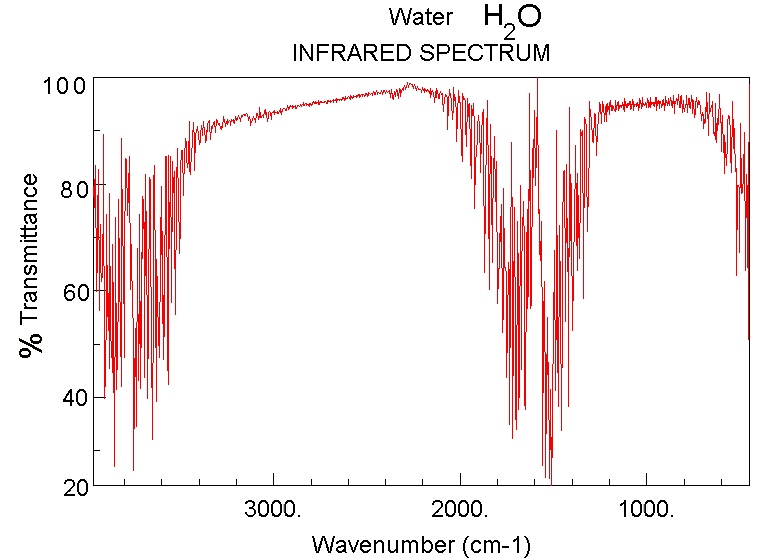

Oleic acid may be responsible for the hypotensive ( blood pressure reducing) effects of olive oil that is considered a health benefit. Monounsaturated fat consumption has been associated with decreased low-density lipoprotein (LDL) cholesterol, and possibly with increased high-density lipoprotein (HDL) cholesterol. Oleic acid is the topmost monounsaturated fat in the human diet. Oleic acid is widely used in the solution phase synthesis of nanoparticles, functioning as a kinetic knob to control the size and morphology of nanoparticles. Oleic acid is used as a soldering flux in stained glass work for joining lead came.

Specifically in sheep, intravenous administration of oleic acid causes acute lung injury with corresponding pulmonary edema. Oleic acid is used to induce lung damage in certain types of animals for the purpose of testing new drugs and other means to treat lung diseases. Small amounts of oleic acid are used as an excipient in pharmaceuticals, and it is used as an emulsifying or solubilizing agent in aerosol products. Oleic acid as its sodium salt is a major component of soap as an emulsifying agent. It is a component of the normal human diet, being a part of animal fats and vegetable oils. Oleic acid is used as a component in many foods, in the form of its triglycerides. The nutritional values are expressed as percent (%) by mass of total fat. In ethenolysis, methyl oleate, the methyl ester of the acid, converts to 1-decene and methyl 9- decenoate: CH 3(CH 2) 7CH=CH(CH 2) 7CO 2Me + CH 2=CH 2 → CH 3(CH 2) 7CH= CH 2 + MeO 2C(CH 2) 7CH= CH 2 Dietary sources Properties of vegetable oils Type Alternatively, separation of unsaturated isomers is possible by argentation thin-layer chromatography. In chemical analysis, fatty acids are separated by gas chromatography of their methyl ester derivatives. A reaction that converts oleic acid to elaidic acid is called elaidinization.Īnother naturally occurring isomer of oleic acid is petroselinic acid. Elaidic acid, the most abundant trans fatty acid in diet, appears to have an adverse effect on health. These isomers have distinct physical properties and biochemical properties. The trans isomer of oleic acid is called elaidic acid or trans-9-octadecenoic acid. The coproduct is nonanoic acid: H 17C 8CH=CHC 7H 14CO 2H + 4"O" → HO 2CC 7H 14CO 2H + H 17C 8CO 2HĮsters of azelaic acid find applications in lubrications and plasticizer. Ozonolysis of oleic acid is an important route to azelaic acid. Reduction of the carboxylic acid group yields oleyl alcohol. Oxidation at the double bond occurs slowly in air, and is known as rancidification in foodstuffs and as drying in coatings. Hydrogenation of the double bond yields the saturated derivative stearic acid. It is soluble in aqueous base to give soaps called oleates. Oleic acid undergoes the reactions of carboxylic acids and alkenes. In effect, stearic acid is dehydrogenated to give the monounsaturated derivative, oleic acid. The biosynthesis of oleic acid involves the action of the enzyme stearoyl-CoA 9-desaturase acting on stearoyl-CoA. Oleic acid is the most abundant fatty acid in human adipose tissue, and second in abundance in human tissues overall, following palmitic acid. It is abundantly present in many animal fats, constituting 37 to 56% of chicken and turkey fat, and 44 to 47% of lard. It also comprises 22.18% of the fats from the fruit of the durian species, Durio graveolens. High oleic variants of plant sources such as sunflower (~80%) and canola oil (70%) also have been developed. It also makes up 59–75% of pecan oil, 61% of canola oil, 36–67% of peanut oil, 60% of macadamia oil, 20–80% of sunflower oil, 15–20% of grape seed oil, sea buckthorn oil, 40% of sesame oil, and 14% of poppyseed oil.
Webook nist gov heat solidication water free#
Olive oil exceeding 2% free oleic acid is graded unfit for human consumption. Triglycerides of oleic acid comprise the majority of olive oil (about 70%). It is found in fats (triglycerides), the phospholipids that make membranes, cholesterol esters, and wax esters. Oleic acid is the most common monounsaturated fatty acid in nature. Instead fatty acids such as oleic acid occur as their esters, commonly triglycerides, which are the greasy materials in many natural oils. Fatty acids (or their salts) often do not occur as such in biological systems.


 0 kommentar(er)
0 kommentar(er)
